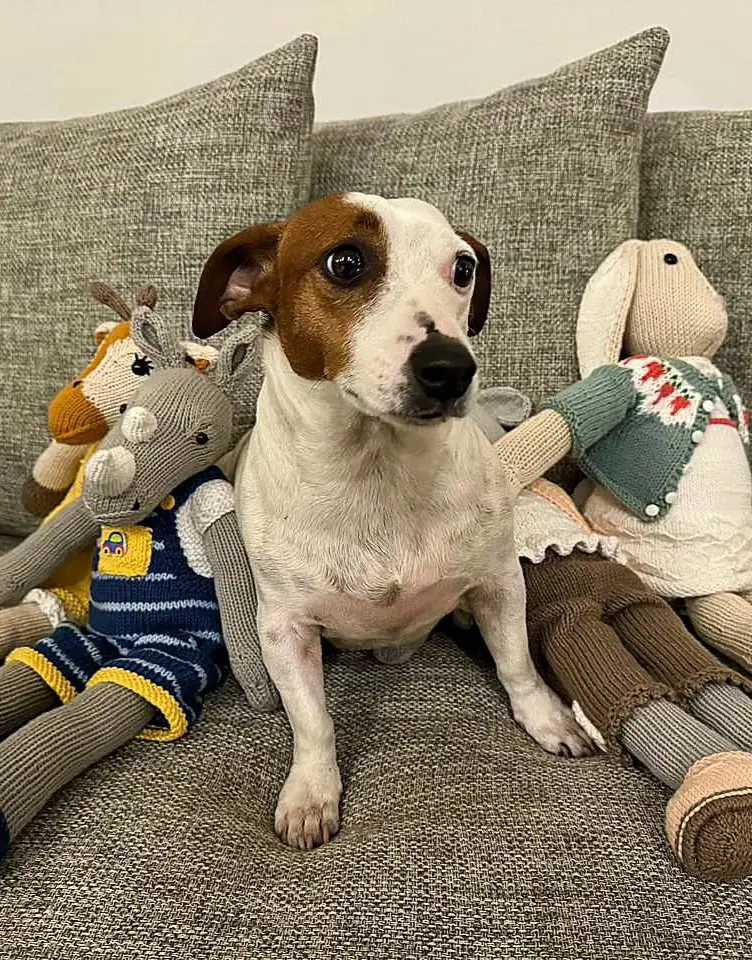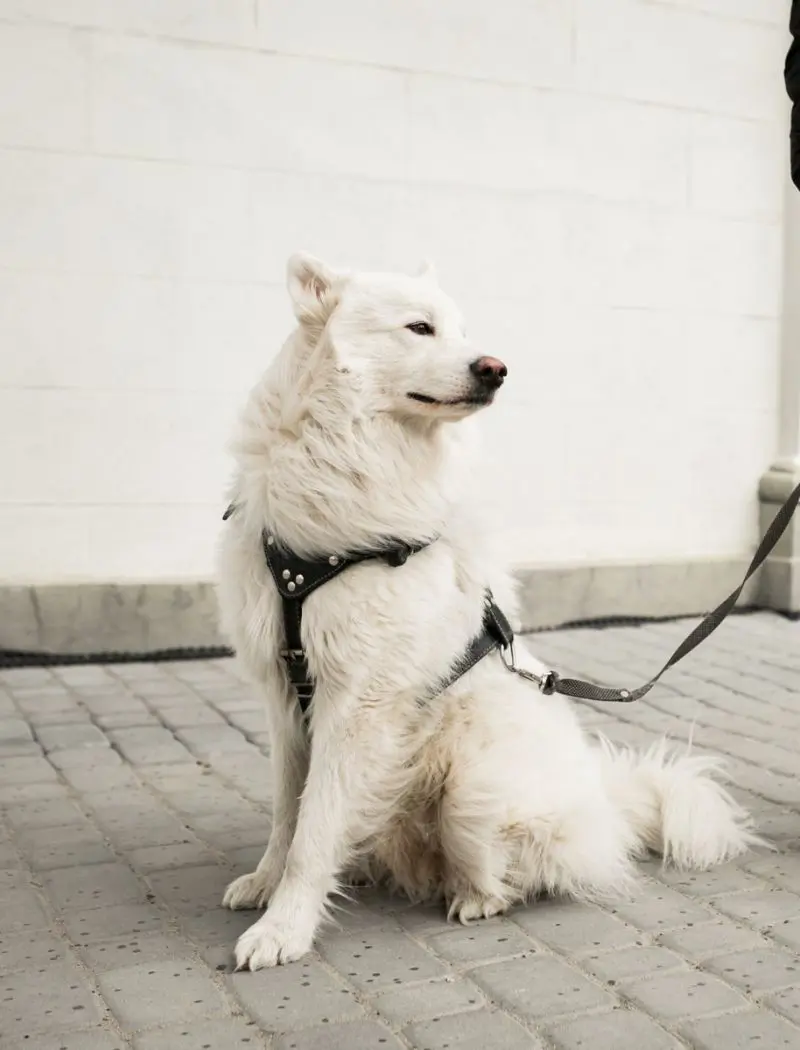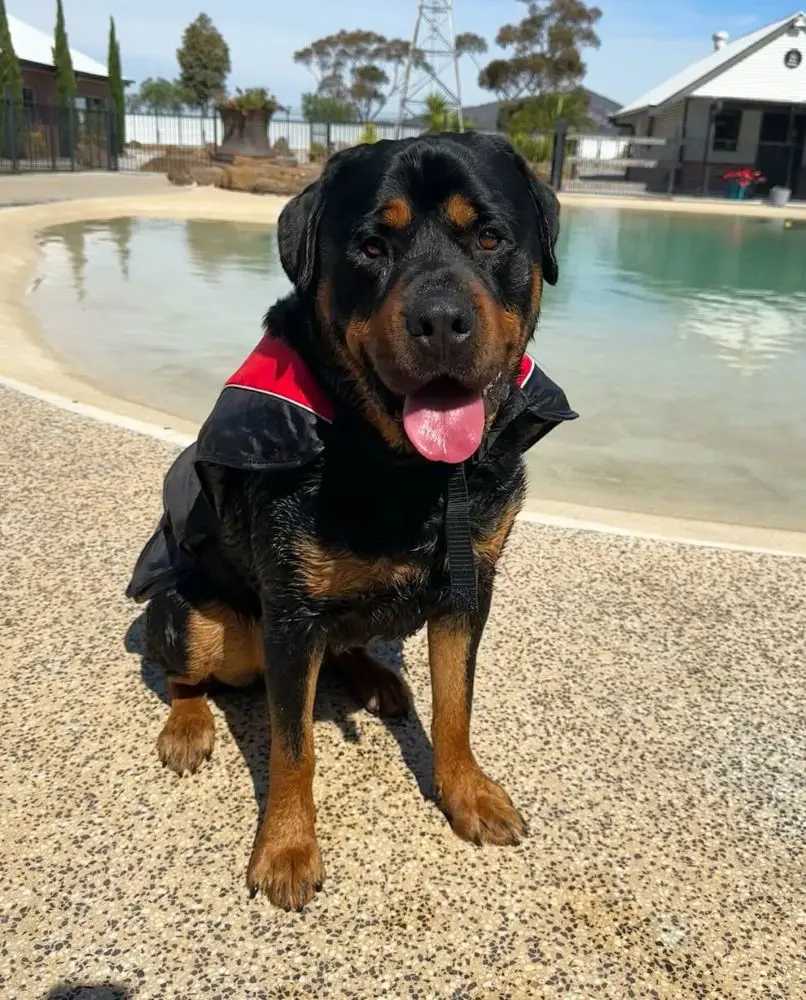Pomeranian Prices: How Much Do Pomeranian Puppies Cost
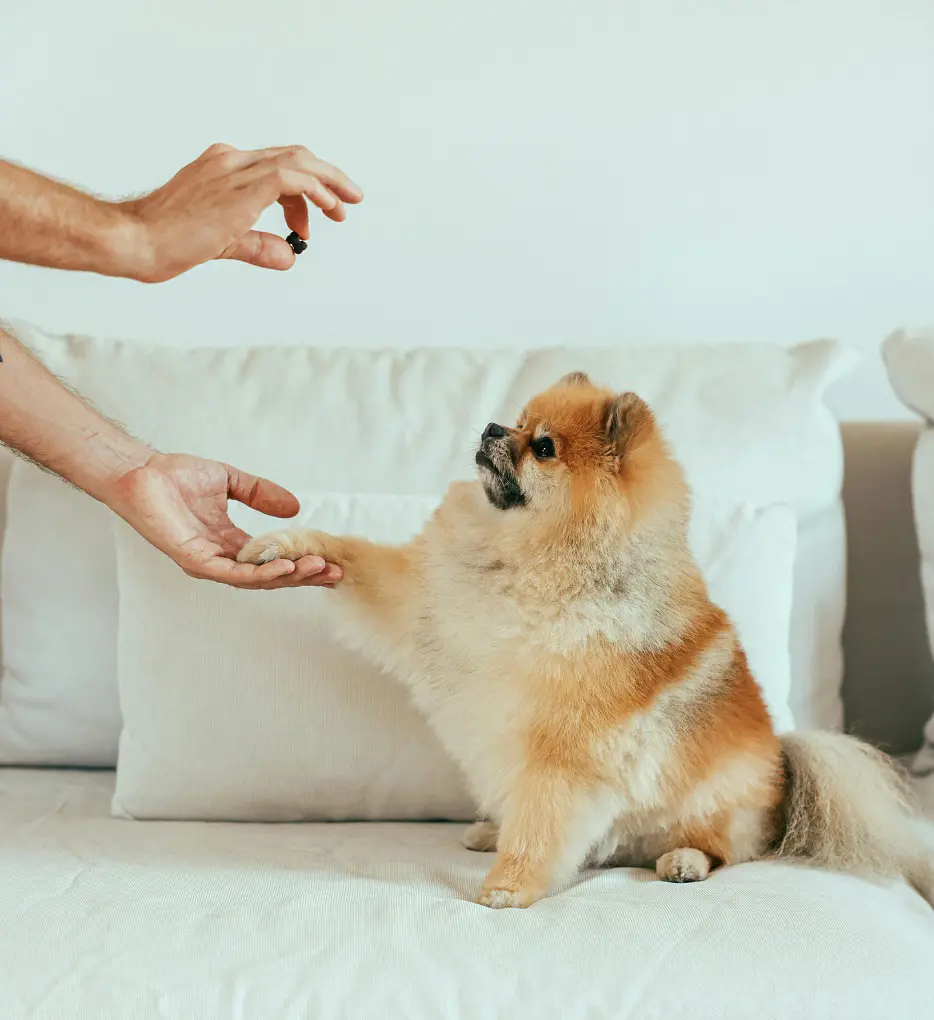
Pomeranians have the hearts of dog lovers all around the world with their fluffy coats and energetic personalities. It's vital to be aware of the associated expenses before bringing one of these cute puppies home.
A Pomeranian's cost might differ depending on a few variables, including the pup's location, pedigree paper, breeder repute, and ancestry. Certain Pomeranians might be reasonably priced, but others, especially ones with show-quality pedigree, can be expensive.
This blog will talk about several aspects that affect Pomeranian costs so that potential owners can make well-informed decisions and make sure they can afford the expense of owning this cute breed.
One-Time Costs for Your New Pomeranian Puppy
Whether you purchase a Pomeranian puppy from a breeder, get it for free, or adopt one, there are many upfront expenses associated with bringing one home. The supplies and initial setup are very important for the comfort and welfare of your puppy.
The necessary supplies and an estimate of their costs are listed below:
Free
Free Pomeranian adoptions typically happen when the present owner is unable to care for the pet, or through friends or relatives. Even though there are no up-front fees, it's important to budget for recurring costs such as supplies, grooming, and veterinary care.
Adoption
The average cost of adopting a Pomeranian from a shelter or rescue group is between $75 and $400. Typically, this cost covers the first vaccinations, spaying/neutering, and veterinary examinations. A homeless pet can find a loving home through adoption, which is a fulfilling choice.
Breeder
A decent breeder would charge between $800 and $2,000 or more for champion lines when buying a Pomeranian. Puppies receive early socialization, health checks, and verified pedigree from breeders. To guarantee a healthy and well-cared-for puppy, it's vital to investigate and select a reputable breeder.
Initial Setup and Supplies:
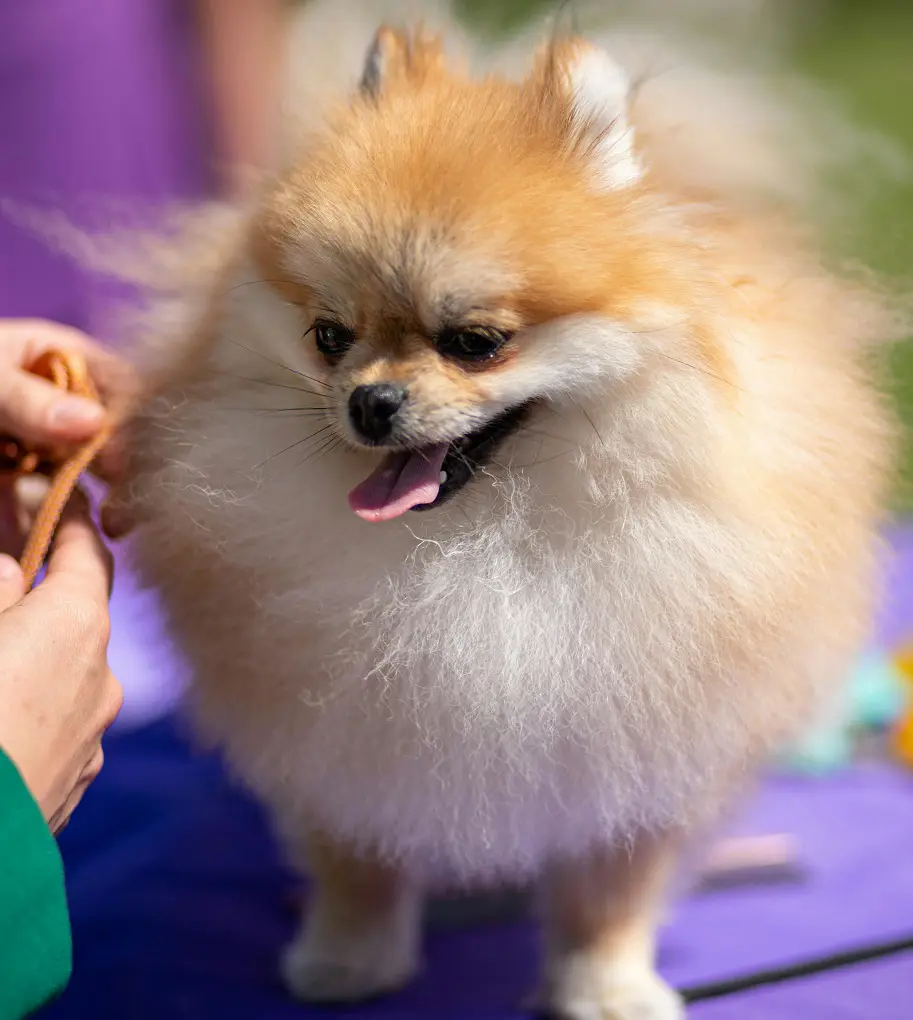
1. Bed/Crate: $30 - $100
There are various benefits that a dedicated bed or crate can provide for your Pomeranian. It acts as a haven, offering consolation and security, especially in tense circumstances like thunderstorms or fireworks.
It also encourages crate training, which is a useful strategy for housebreaking and curbing destructive behavior in unsupervised situations. A dedicated area also reduces furniture damage by providing your Pom with a comfortable and familiar place to rest.
2. Food and Water Bowls: $10 - $30
A vital part of maintaining the health and well-being of your Pomeranian is choosing the right food and water bowls. A poorly designed bowl may make it more difficult for them to get food and water, which could strain their necks or cause them to become dehydrated.
Shallow bowls can also invite spills, and lightweight bowls might topple over and leave a messy feeding area.
3. Leash and Collar: $15 - $40
When it comes to making sure your Pomeranian is safe and comfortable on walks and outdoor excursions, leashes and collars are essential. Identification tags are kept safe in a collar that fits properly, which is essential for finding your dog if it gets lost.
Essential controls are provided by a collar-attached leash, which keeps your Pomeranian from running into traffic or toward unidentified hazards. This self-control is especially crucial for these energetic, inquisitive small canines.
4. Toys: $20 - $50
An essential part of fostering a Pomeranian's mental and physical health is by providing toys. They encourage their innate desire to play and explore in addition to being entertaining. Playthings that keep you active help fight boredom and bad habits.
Interactive toys create good training experiences by strengthening the link between you and your Pomeranian even more. Purchasing a range of suitable toys for your pet will guarantee that they stay content, healthy, and cognitively engaged.
5. Training Pads: $15 - $30
Training pads can be a useful tool for Pomeranian puppies when they are first housebroken. These absorbent pads encourage a routine by offering a dedicated space for urination.
This is especially useful in situations when frequent outdoor access may be difficult, like apartment life, or for young puppies with weak bladder control.
6. Grooming Supplies: $20 - $60
To keep a Pomeranian's lush double coat in good condition, regular grooming is required. Purchasing high-quality grooming products is essential for their overall health and welfare.
Brushes made especially for their double coat work well to get rid of dead hair and stop matting, which can retain moisture and irritate skin. Frequent brushing also helps to disperse natural oils for a glossy coat and encourages good blood circulation.
7. Identification Tag: $5 - $15
Your Pomeranian needs an identity tag as a matter of course. Even the most well-mannered dog may have an unplanned escape that leaves them puzzled and lost. Your contact details engraved on a visible ID tag make it simple for someone to find your pet and bring it back to you.
This relieves you as a worried pet parent greatly and lessens your pet's stress and possible time spent in a shelter. A small investment with potentially big returns on your Pomeranian's safety and well-being is a well-made, well-engraved ID tag.
8. Microchip: $45 - $60
Your contact information is stored in this tiny implant, making it possible to quickly identify your dog in the unlikely occurrence that it gets lost or separated from you. Reuniting with your pet buddy can be a difficult and unpleasant experience if they don't have a microchip.
The microchip is more permanent than collars and tags, which come off or become unreadable. Purchasing a microchip gives you peace of mind because your Pomeranian is more likely to return home.
Factors That Impact Price
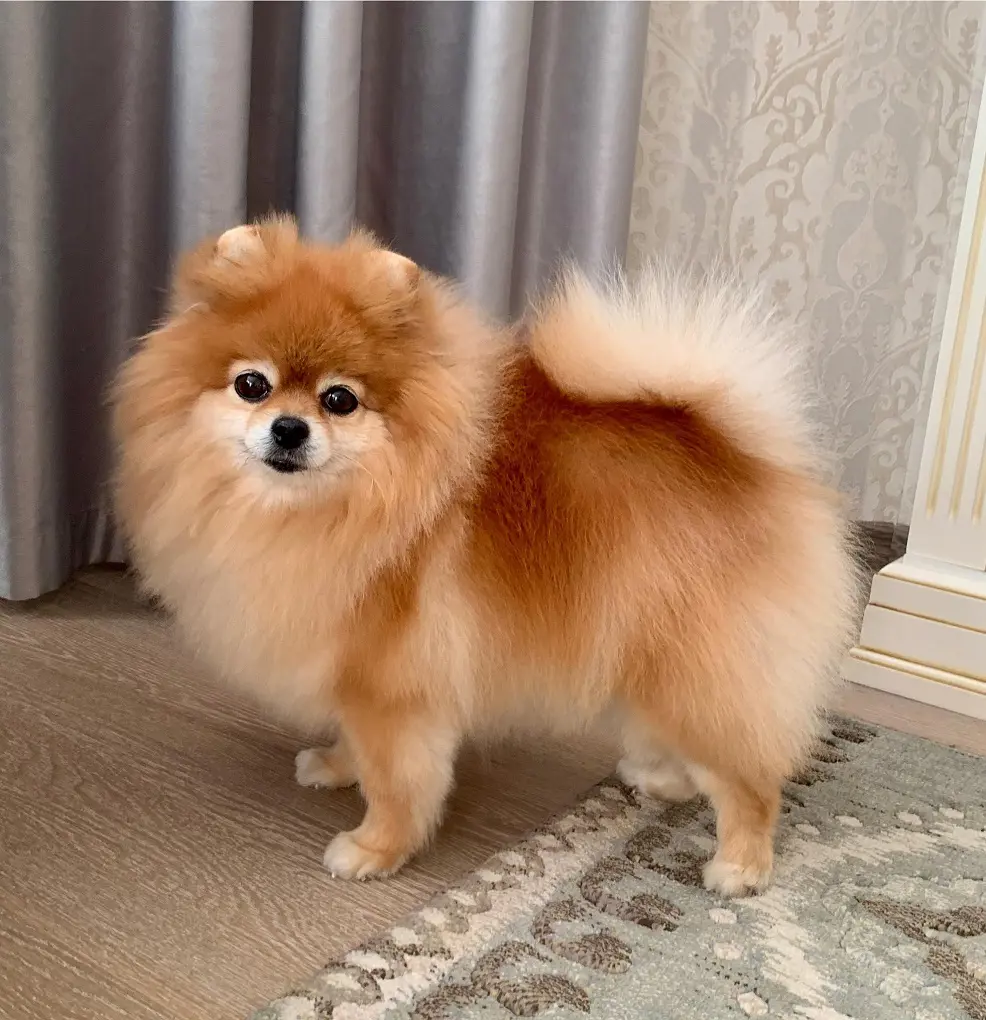
The cost of a Pomeranian puppy can vary widely due to several factors, including the puppy's quality, location, sex, age, etc.
Quality
The quality of a Pomeranian, which includes health and conformity to breed standards, greatly affects the price. High-quality dogs, mainly those that can compete in shows and produce show-quality offspring, are more expensive. Mixed breeds and designer mixes like Pomskies and Pomchis are a bit cheaper.
Pet-quality Pomeranians, which may have faults preventing them from competing or breeding, are more affordable but still make great pets. Reputable breeders provide health testing results and may spay or neuter pet-quality dogs before selling them.
Location
Beyond the realm of real estate, a breeder's location significantly impacts puppy pricing. Firstly, breeders must recoup their expenses. A high cost-of-living area necessitates higher puppy prices to ensure breeding sustainability.
Additionally, regions with stricter animal breeding regulations require breeders to factor in compliance costs, leading to price hikes. Finally, local market dynamics play a role. High demand for a breed, like Pomeranians, translates to higher prices, especially within affluent areas.
Conversely, an abundance of competing Pomeranian breeders in a region can drive prices down due to increased competition.
Faults and Health
Responsible breeders prioritize transparency, so when purchasing a pet-quality Pomeranian, expect a detailed breakdown of any minor imperfections and health test results. Breeders often spay or neuter these dogs beforehand or require them post-sale.
Pomeranians with significant health concerns, if sold at all, may be discounted, but will come with stringent placement requirements to ensure proper care.
Show-quality dogs, meticulously bred to conform to breed standards, command the highest prices - reaching upwards of $10,000. Within each category, price is influenced by adherence to breed standards, lineage, health, and for adult dogs, past competition, and breeding history.
Time of the Year
Seasonality plays a crucial role in puppy pricing, alongside factors like location. During late spring and summer, demand for canine companions surges as people seek furry friends for outdoor adventures. This surge prompts breeders to raise prices to capitalize on peak demand.
Conversely, the winter months witness a significant dip in demand. Breeders, aiming to avoid unsold puppies, strategically adjust prices downwards to align with the reduced interest in acquiring a new pet during this period.
Sex and Age
Female puppies often cost a premium due to their higher demand for breeding purposes. Age also plays a role, with younger puppies fetching the highest prices.
However, adult Pomeranians, particularly those not suited for breeding or showing, can be significantly more affordable. Conversely, Pomeranians with proven success in dog shows can reach very high price points.
Does Coat Color Affect Pomeranian Price?

Beyond appearance, the colorful world of Pomeranian coats affects the cost as well. Pomeranians with solid colors are typically more costly than those with multiple colors. When it comes to solid coats, uniqueness is key.
Due to their relatively limited availability, colors like black, white, lavender, and blue are usually more expensive than their more popular red and orange counterparts. The difference in pricing indicates the breeder's capacity to provide a less common coat color, possibly as a result of particular breeding techniques.
It's vital to remember that cost shouldn't be your only consideration when selecting your pet. Responsible breeders put their dogs' temperament and general health first, guaranteeing a happy and healthy Pomeranian for your warm and cozy household.
Monthly Cost of Owning a Pomeranian
Bringing a Pomeranian into your home will make you happy, but it will also cost money. Let's explore the necessary monthly expenses related to taking care of your pet.
Food (Estimated Cost: $20 - $50 per month)
Compared to larger breeds, Pomeranians have lower dietary requirements because they are little dogs. It's essential to provide them with high-quality kibble that suits their age and activity level. Depending on the selected brand and ingredients, this price may change.
Treats (Estimated Cost: $10 - $30 per month)
Treats are a fantastic way to reward good behavior and strengthen your bond with your Pom. Opt for healthy options like dehydrated fruits or small, dog-safe chew toys. Remember, moderation is key to avoiding weight gain and digestive issues.
Grooming (Estimated Cost: $30 - $90 per session, per month)
Pomeranians have a thick double coat that requires regular brushing to prevent matting and maintain its beauty. Professional grooming sessions, occurring every 4-6 weeks, are recommended. Alternatively, with proper training, you can groom your Pom yourself, minimizing grooming costs.
Health Care (Estimated Cost: $100 - $300 annually)
Regular vet check-ups and vaccinations are essential for your Pomeranian well-being. Yearly budgeting for these expenses ensures your furry friend receives the preventive care they need. Spreading this annual cost across the year allows for easier management of your monthly pet expenses.
Pet Insurance (Estimated Cost: $20 - $50 per month)
While not mandatory, pet insurance provides a safety net for unexpected veterinary bills. Premiums are influenced by factors like breed, age, and coverage level. Considering pet insurance offers peace of mind, know you'll be financially prepared for potential health emergencies.
Possible Additional Costs
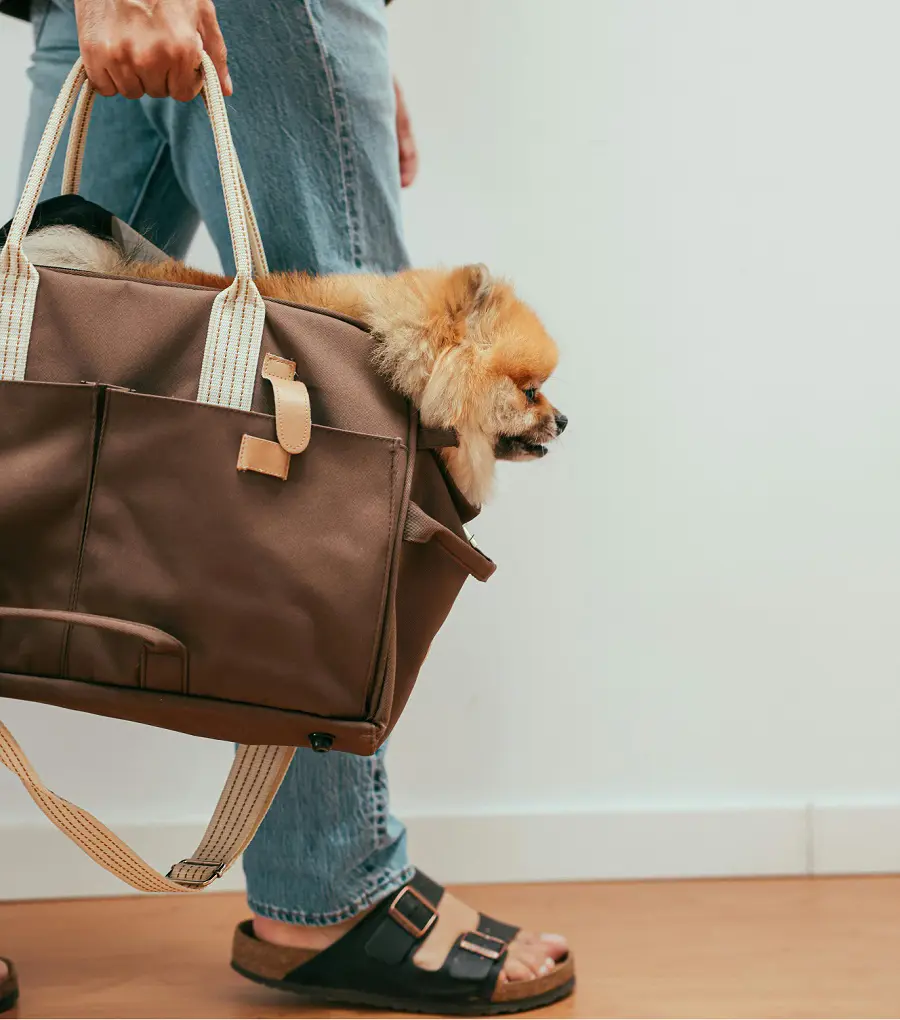
Pomeranian ownership means added potential charges in addition to basic expenses. If you rent an apartment that allows pets, there can be a monthly pet rent or pet deposit. Local licensing costs can also be involved. Dog walking services and daycare for dogs may be vital due to hectic schedules.
Additional factors to think about before traveling include boarding costs, pet sitters, car seats, travel carriers, and even pet passports. Unexpected medical emergencies can be very costly, they frequently cost more than $1,000.
Even while pet insurance can help with some of these expenses, unanticipated mishaps or long-term medical conditions can be very expensive.
Even well-behaved Pomeranians have the potential to inadvertently destroy furniture or other possessions, incurring unanticipated costs for replacement or repair. Compared to larger breeds, their modest size lessens potential damage, but pet-proofing your home is still necessary.
Save Money on Your Pom Pup
You can make sure your new Pomeranian offers you joy without spending too much with careful financial planning. Think about reliable rescues; they often provide healthy puppies at a lesser price than breeders. Breeders stand to gain in the long run by giving priority to reliable suppliers with parents who have undergone genetic testing.
These breeders place a higher priority on health than money upfront, so there's less chance of large future vet fees. One less expensive option is adult Pomeranians, who may reduce the need for costly puppy medical care and potty training supplies.
Consider buying outside of costly regions as well, but remember to account for both your and the dog's travel fees to prevent unforeseen charges. It is crucial to see the puppy and its parents before completing a purchase to ensure a happy and healthy addition to your home.
Savings on Supplies

Though it's tempting to engage your Pomeranian with new toys and treats, careful preparation can help you cut costs on supplies. Before your puppy arrives, start purchasing necessities so that you may compare prices and possibly make a sale.
Also, wherever you can, think about purchasing in quantity, especially for waste bags and food. Similarly, plan for your Pom's needs and replenish supplies before they run out. By being proactive, you can capitalize on sales and escape the full price pressure when replacements become essential.
Remember that good pet ownership involves more than just upfront expenses. Make your Pomeranian's health and happiness your top priority; a well-kept puppy will bring happiness and company for many years to come.
Top Lists



